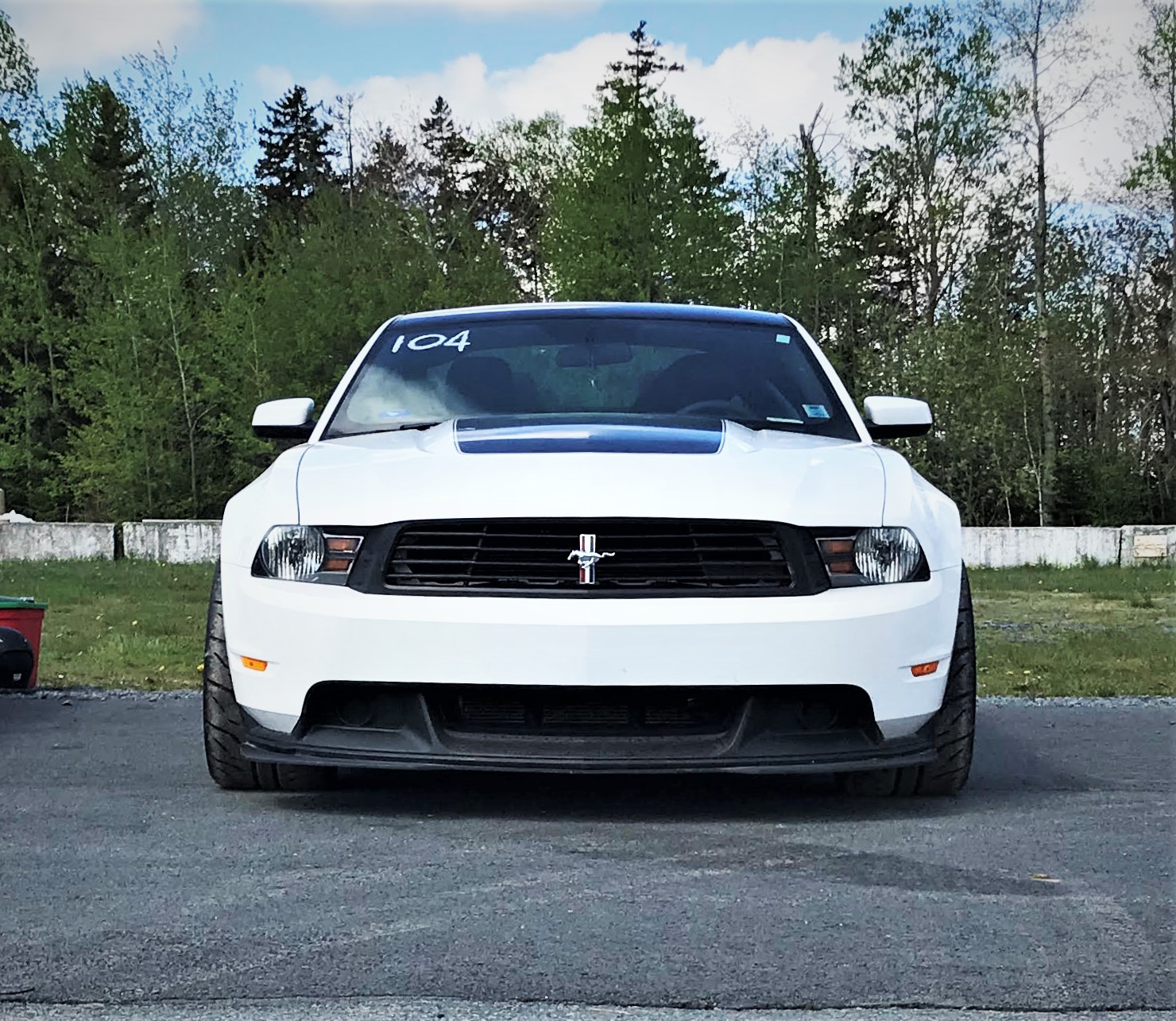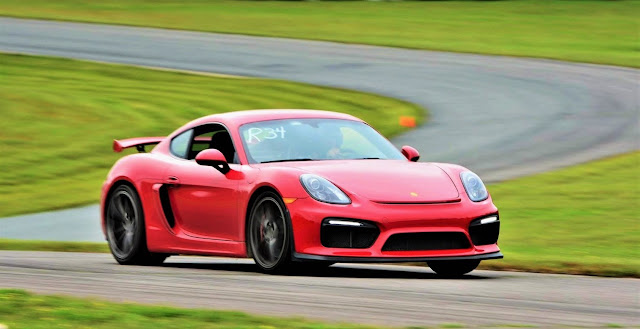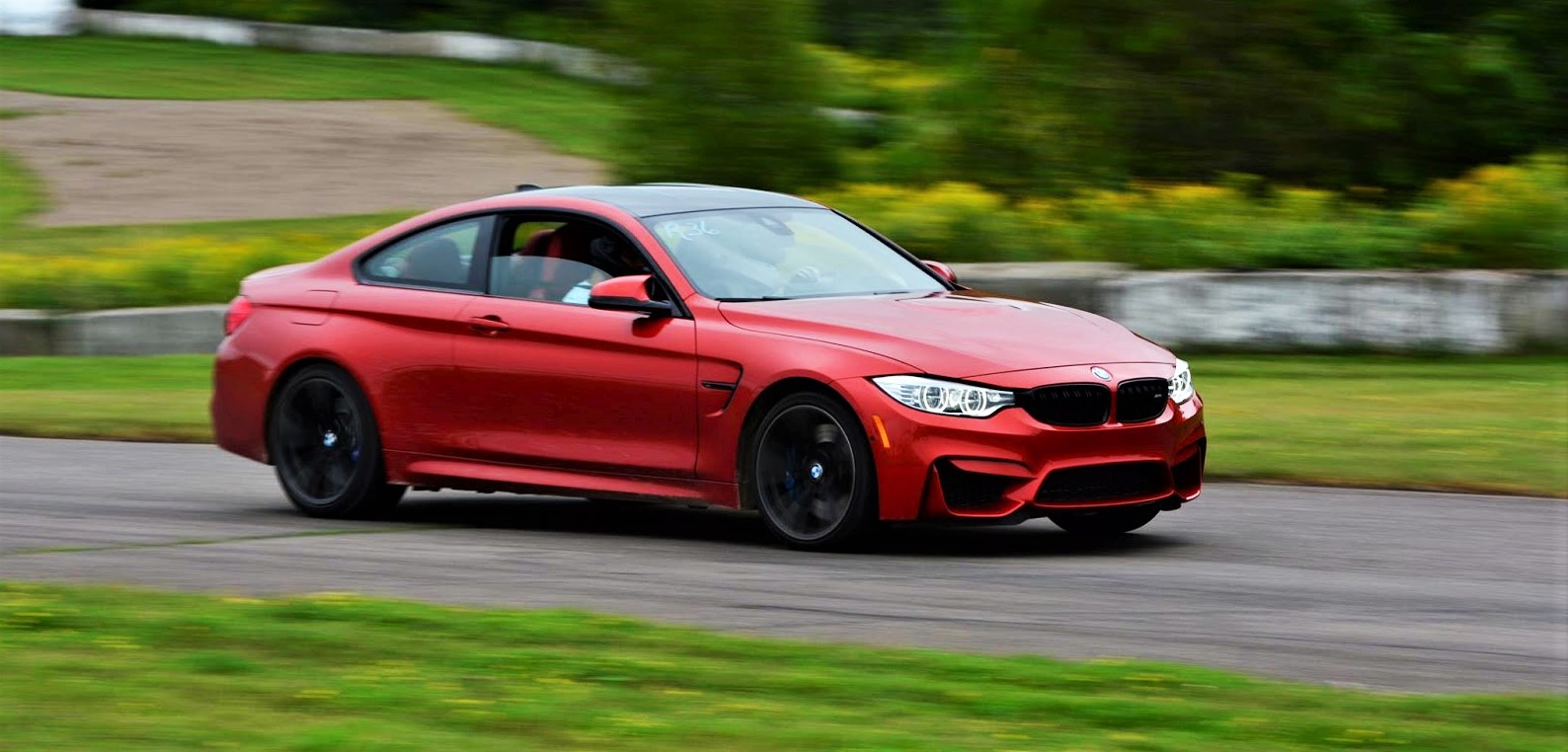Adjustable dampers are far from perfect. If they were, a car like the Camaro ZL1 would be Mercedes S-Class (or equivalent) comfortable on potholes, Camaro Z/28 (or equivalent) stiff on smooth tracks and infinitely adjustable in-between on mid corner bumps, road imperfections, speed bumps, etc. GM's magnetic shocks are excellent but, while they are one of, if not the best adjustable dampers available in any mainstream car, they're still a huge compromise between ultimate comfort and ultimate chassis control, you just give up less in performance and less in comfort compared to fixed dampers but get added cost and complexity in return.
The added cost and complexity aren't the only issues, either. Ironically, adjustable dampers put a huge roadblock on adjustability if you ever decide to modify the suspension. Every modern car now has stability control and adjustable dampers would have to be connected to and monitored by the stability control system. Buying aftermarket dampers would upset the stability control system since the signals from the stock electronic dampers would be missing. I know some people don't like stability control but they can save a very bad situation and can even be useful on the track by putting a nice safety net while someone is learning.
Moreover, a stability control system warning light will probably come on so if you bring your car to the dealer for service, it'll probably cause warranty issues. There may be a handheld tuner to disable the warning light and let the stability control system function properly, but then you get into issues with flashing the car's ECM (although that may not be an issue if you intend to modify the stock engine tune anyway). Basically, it's a huge hassle.
Are they worth it? Absolutely, but only if the car is appropriate. I don't think they are worth it on cars that can be considered track toys. Cars that are expected to be modified a lot for autocross and track days such as Focus ST's or RS's, Mustang GT's, a Camaro SS's, etc. But I would like to have adjustable dampers on a car like a Cadillac CTS-V for example, a car that I would track if I owned, expect to be immensely capable but should still be completely civilized in everyday driving. Now if the adjustable shocks are manually adjustable like the Koni Sports (Koni Yellows), they are a perfect fit for track toys.



.jpg)










Comments
Post a Comment